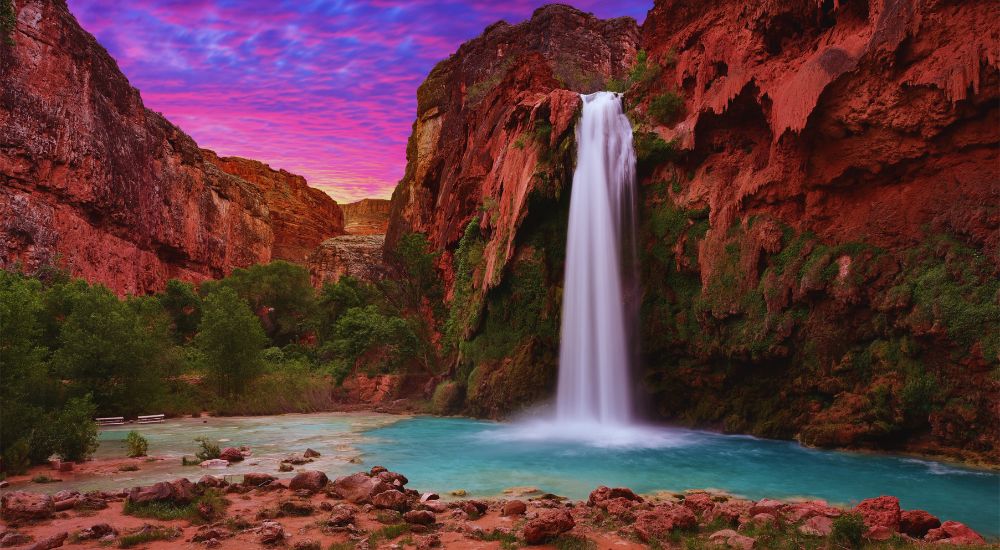Tucked deep within one of the most iconic natural wonders of the world lies a community whose culture, heritage, and connection to the land span centuries. The Havasupai Tribe of Arizona, known as the “People of the Blue-Green Water,” has resided in the Havasu Canyon for over 800 years. Their remote location, stunning waterfalls, and unique traditions offer visitors an unforgettable journey into both nature and Native American culture.
In this guide, you’ll learn about the tribe’s history, how to visit their land respectfully, and what makes the Havasupai experience unlike any other in the American Southwest.
Who Are the Havasupai?

The Havasupai Tribe is one of several Native American communities that call the Grand Canyon region home. Their reservation is located within Havasu Canyon, a side canyon of the Grand Canyon in northern Arizona. The tribe has lived in the area for generations, primarily in Supai Village, the most isolated village in the contiguous United States accessible only by foot, horse, or helicopter.
“Havasupai” translates to “people of the blue-green water,” a reference to the stunning turquoise waterfalls that flow through their land. These waters are not just scenic; they hold spiritual and cultural significance for the tribe.
How to Visit the Havasupai Reservation
Make a Reservation in Advance

Permits are required for all visitors to Havasu Falls and the surrounding trails. These permits are in high demand and typically sell out within hours of release. Reservations open annually through the official Havasupai Reservations website.
Prepare for the Hike
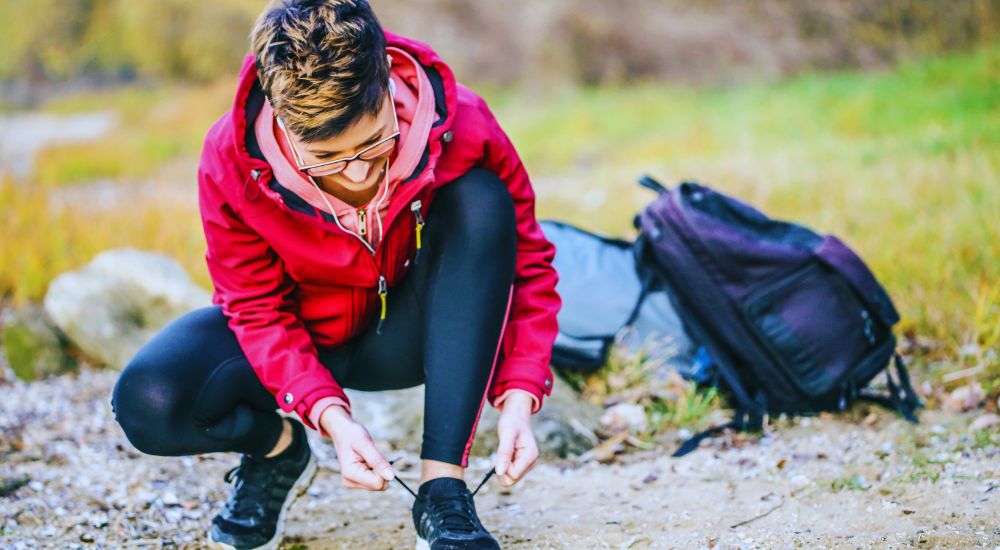
The trek to Supai Village is about 8 miles one way, and Havasu Falls is another 2 miles beyond. The trail begins at Hualapai Hilltop, and visitors must be physically prepared for desert hiking, especially in the summer months.
Respect Tribal Land and Rules

The Havasupai people welcome visitors, but it’s essential to be respectful. No alcohol, drones, or photography of residents is allowed. Always pack out what you pack in, and obey all tribal guidelines.
Interested in more outdoor adventures in Arizona? Check out our guide on the Arizona National Scenic Trail, which stretches from Mexico to Utah.
Top Attractions on Havasupai Tribal Land
Havasu Falls
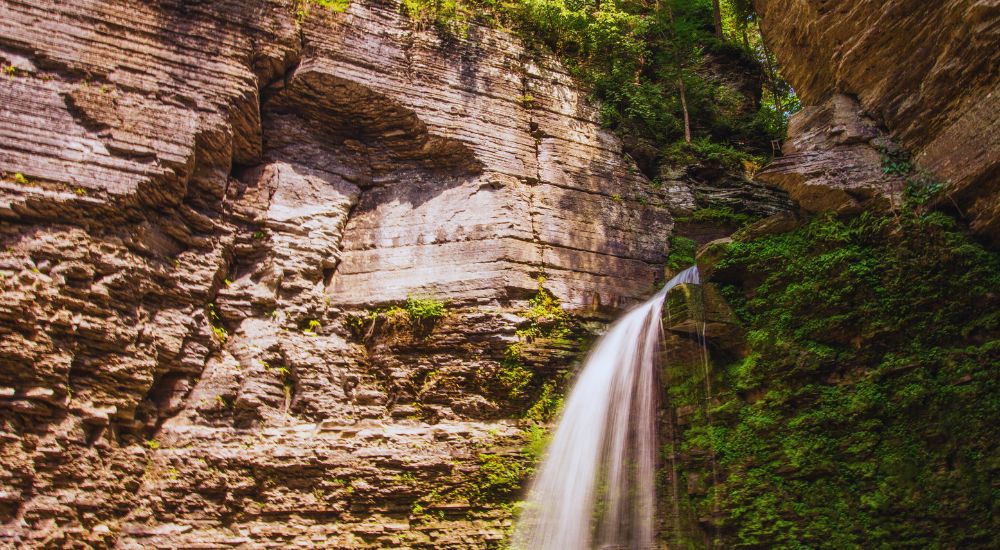
The most iconic waterfall in the canyon, Havasu Falls, plunges over 100 feet into a blue-green pool. Its vibrant color is caused by high levels of calcium carbonate in the water, and it’s one of the most photographed natural features in Arizona.
Mooney Falls
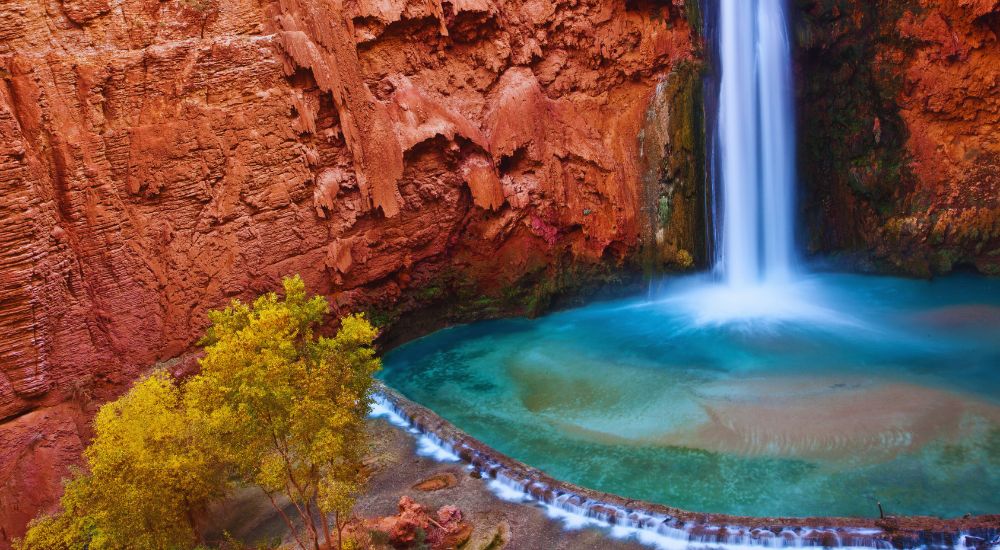
Located about 1 mile from Havasu Falls, Mooney Falls is taller and more intense. Descending to the base involves a challenging climb down steep rock faces and chains, but the views are absolutely worth it for experienced hikers.
Beaver Falls
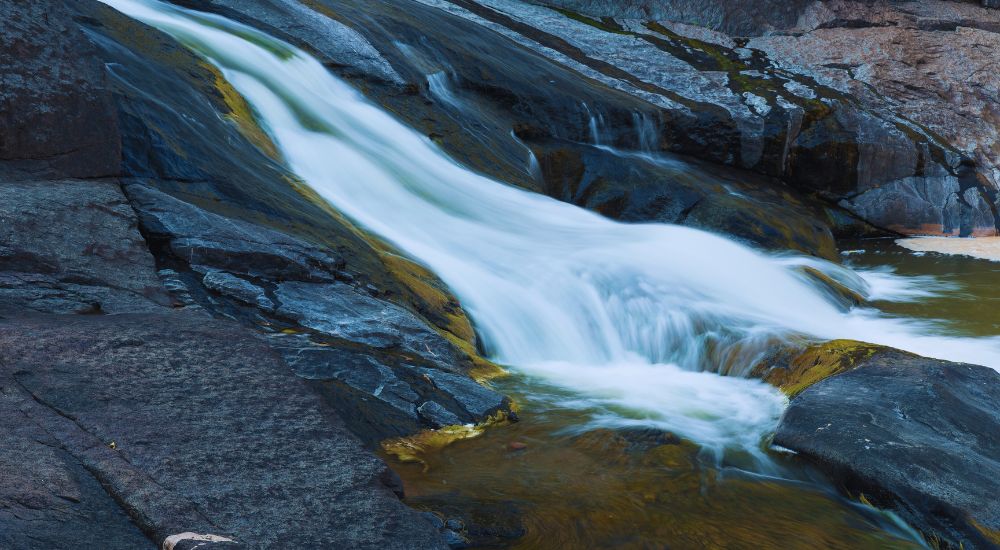
A bit farther down the trail (another 3 miles), Beaver Falls is a series of cascades in a lush canyon setting. This is often considered a hidden gem, with fewer crowds and more secluded swimming spots.
Supai Village
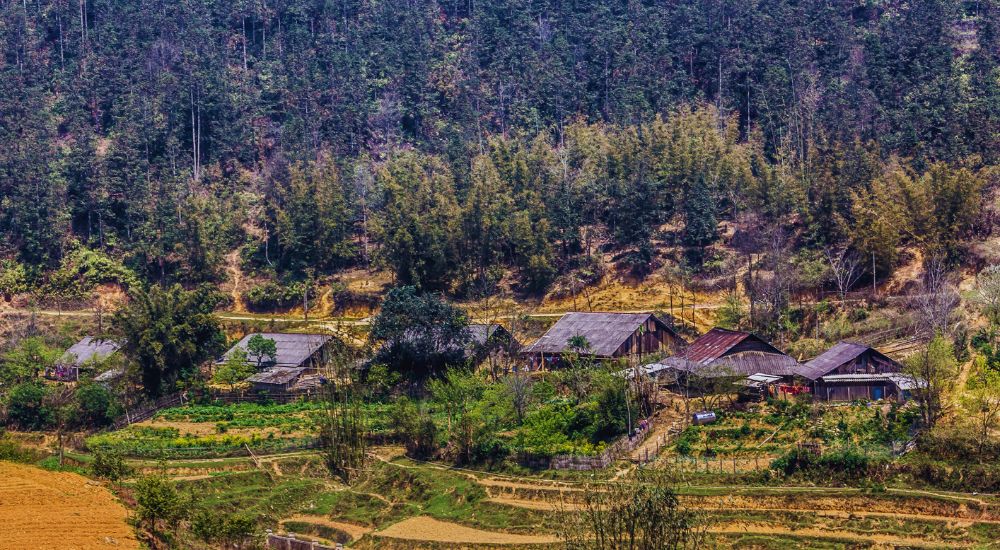
Although primarily a residential area, visitors pass through Supai Village on their way to the waterfalls. Here, you’ll find a small store, café, post office, and a rare opportunity to glimpse life in one of the most remote communities in the U.S.
Cultural Significance and Tribal Heritage
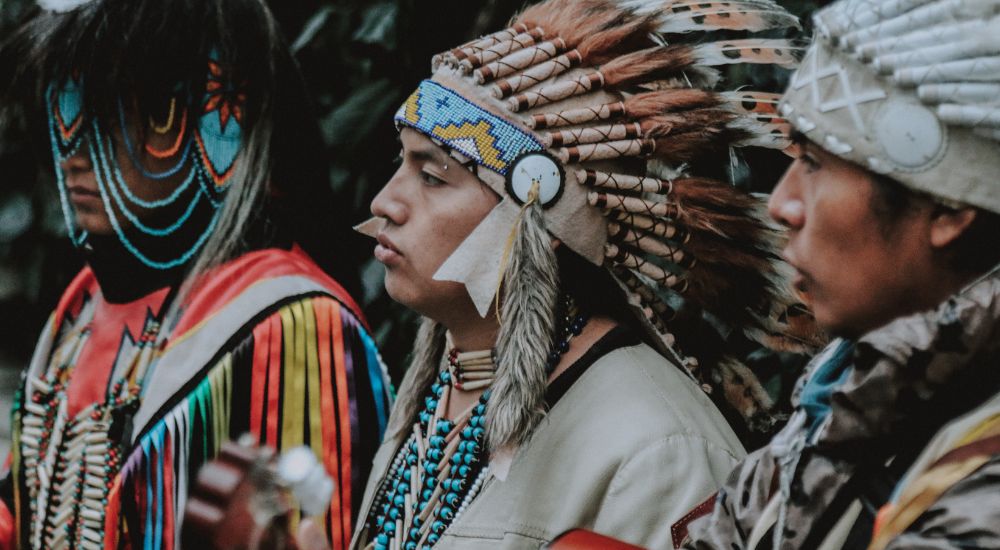
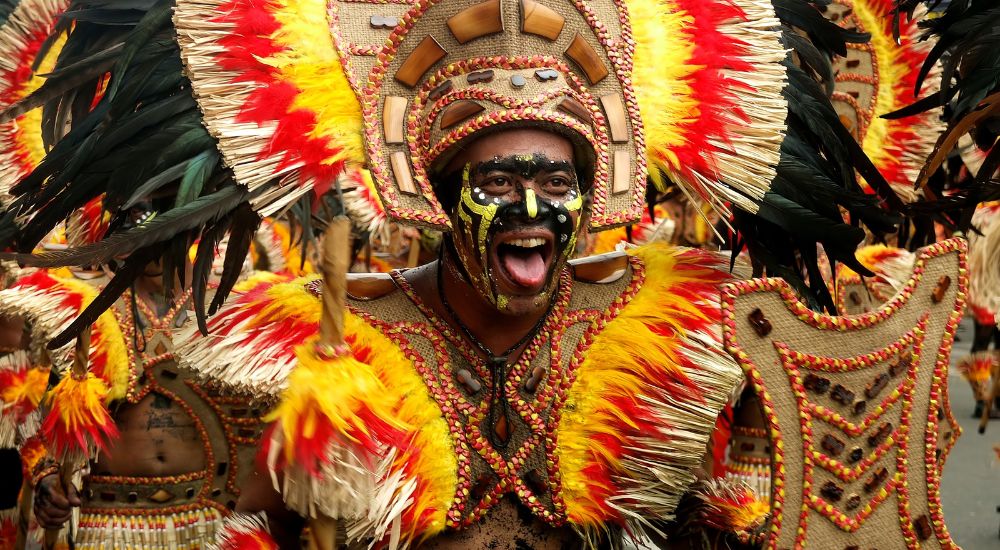
The land is more than just a beautiful destination it’s sacred. The Havasupai people have fought hard to preserve their ancestral lands, including a major legal battle in the 1970s when they successfully regained control of thousands of acres previously taken by the federal government.
Visitors are encouraged to learn about the tribe’s history and listen to the stories of resilience, environmental stewardship, and spiritual connection to the land.
Want to explore other cultural destinations in Arizona? Don’t miss our article on the Cocopah Tribe and Their Heritage, showcasing another unique tribal community.
Best Time to Visit Havasupai

The ideal months to visit are March through June and September through November. Summer temperatures can soar above 100°F, making the hike strenuous and potentially dangerous.
- Spring offers ideal weather and water flow.
- Fall provides cooler temperatures and fewer crowds.
- Summer brings high heat and flash flood risks.
Reservations are typically for overnight camping only, with 3-night minimums.
What to Pack for Your Havasupai Adventure

- Hiking boots (well broken-in)
- Lightweight clothing for hot days and cool nights
- Hydration packs and electrolyte tablets
- Dry bags for protecting gear near waterfalls
- First aid kit, sunscreen, and biodegradable soap
Support and Sustainability

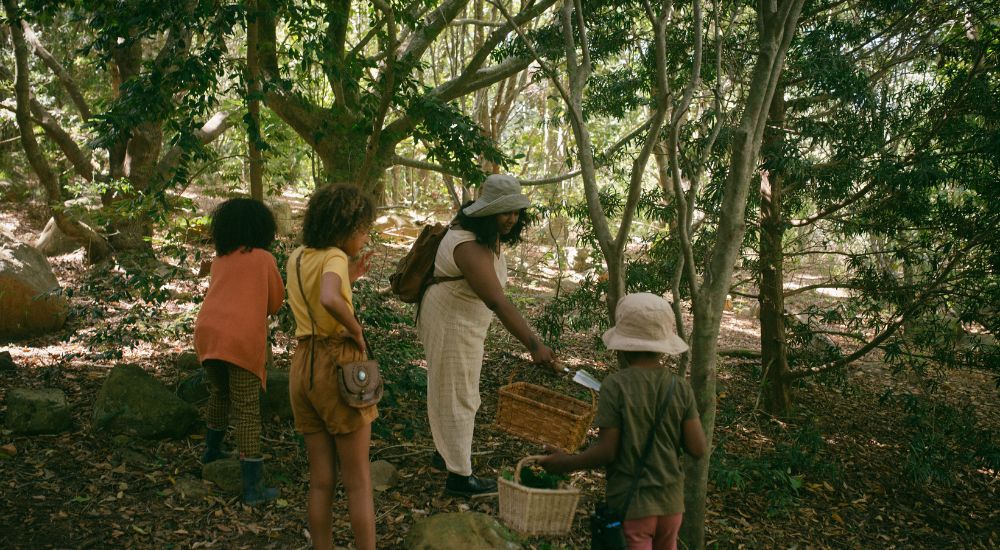
The best way to support the Havasupai Tribe is to visit respectfully, obey their rules, and purchase items from tribal vendors. Many locals sell handmade crafts, jewelry, and art that reflect their cultural identity.
It’s also helpful to raise awareness about tribal sovereignty, land preservation, and the unique environmental challenges facing indigenous communities in the Southwest.
Conclusion
Visiting the Havasupai Tribe in Arizona is more than just a scenic trip it’s a chance to immerse yourself in deep cultural history, environmental wonder, and spiritual beauty. From the unforgettable turquoise waterfalls to the sacred traditions of the Havasupai people, this journey through Havasu Canyon offers perspective and awe in equal measure.
By planning ahead, traveling responsibly, and honoring the land and people, you’ll not only enjoy one of Arizona’s most iconic experiences but also contribute to the preservation of this rare and beautiful culture.

